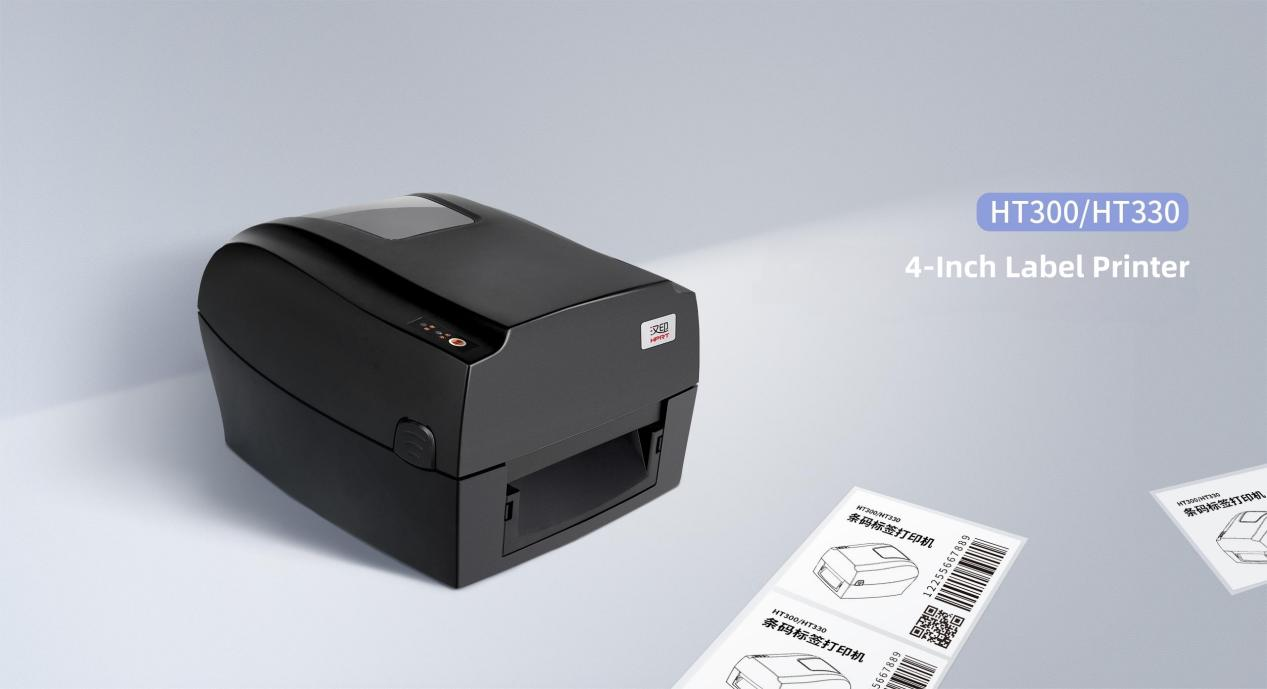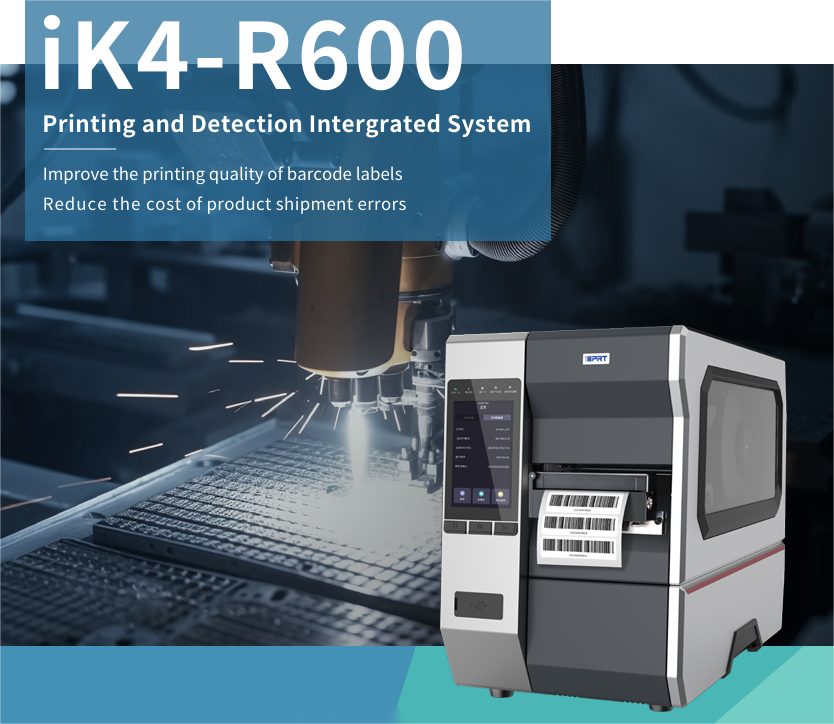Barcode Printer Market: Future Trends and Outlook for 2026
Barcode, as an efficient information identification and management tool, has been widely used in various industries worldwide. Barcode printers, as the key hardware devices carrying barcode technology, have also seen a year-on-year increase in their market size.

Market Size Expanding Steadily, Expected to Exceed $56 Billion by 2026
According to the latest report by Mordor Intelligence, a leading market research firm, the global barcode printer market is projected to reach $56.56 billion by 2026, with shipments exceeding 53.84 million units, at a CAGR of 7.4% and 5.7% respectively.
Multiple Factors Driving the Boom of Barcode Printer Market
1. Automation Wave in Manufacturing
Manufacturing enterprises are actively deploying automation technologies to improve production efficiency and reduce costs.
Barcode technology, as an important part, is deeply applied to various steps of the production process, driving the rapid growth of the demand for barcode printers, especially industrial barcode printers.

HPRT's barcode printer with verifier stands out as a powerful solution for ensuring accurate and efficient barcode printing and inspection.
Boasting high-speed printing, it performs 100% automatic barcode scanning for data comparison and inspection. This functionality effectively prevents barcode duplication, omissions, and eliminates defective barcodes. Widely used in the printing of medical device UDI labels, it empowers medical device manufacturers to significantly improve barcode quality.
2. Digital Transformation of Retail Industry
The digital transformation of the retail industry is accelerating, and barcodes play an irreplaceable role in product management, inventory management, and supply chain management.
Major supermarkets utilize barcode labels on products in various stages such as warehousing, outbound, inventory, and sales to achieve real-time collection and management of product information, which improves operational efficiency and accuracy, and promotes the application of barcode printers.
3. Rapid Development of Logistics Industry
The rapid development of the global logistics industry has led to a growing demand for cargo tracking and traceability, making barcode printers an indispensable tool.
Segment Market Analysis: Industrial Applications Leading the Way, Thermal Transfer Technology Dominating
Barcode printers can be mainly divided into desktop, industrial, and mobile barcode printers. According to Mordor Intelligence's global report data, industrial barcode printers have the highest market share, accounting for about 45.8%. This type of printer is mainly used in manufacturing, logistics, and other fields.
In terms of printing technology, thermal transfer barcode printers have a market share of nearly 60%.
Compared with direct thermal printing, thermal transfer printing has higher printing quality, clearer images and texts, better durability, and resistance to high temperature, friction, and chemical corrosion.
It also has lower costs than inkjet and laser printing methods and is applied in almost all industries, including manufacturing, logistics, retail, medical, electronics, food, and clothing.
Regional Market Analysis: North America and Western Europe Leading the Way, Asia Pacific Growth Slowing Down
According to relevant authoritative reports, North America and Western Europe have strong demand for barcode printers due to their developed economies and mature manufacturing, retail, and logistics industries. The economic growth, manufacturing and retail development, and e-commerce rise in these regions make them the fastest-growing regions globally.
In the Asia Pacific region, the overall growth of the barcode printer market has also slowed down due to the saturation and slow growth of the manufacturing industry.
However, emerging markets such as Southeast Asia still show great growth potential. In Latin America, the market growth is relatively slow due to the low adoption rate of barcode technology. However, with economic development and further improvement of infrastructure construction, the barcode printer market in Latin America is expected to achieve rapid growth in the future.
Barcode Printer vs. RFID Printer
At present, RFID technology is also expanding its application, especially in the smart warehousing and retail industries. RFID label printers have posed an impact on barcode printers but will not completely replace them in the short term. The reasons are as follows:
1. Cost Factor: The cost of RFID tags and printers is higher than that of barcode labels and printers.
2. Technical Maturity: RFID technology is still in the development stage and is not yet mature enough in some application scenarios.
3. Compatibility Issues: RFID tags are not compatible with existing barcode scanning equipment and need to be modified or replaced.
In the future, RFID label printers and barcode printers may coexist and play their respective roles in different application scenarios. As a leading barcode label printer manufacturer and supplier in China, HPRT has many years of industry experience and technology accumulation. This empowers us to deliver accurate and professional printing solutions to users across a diverse range of industries.
Welcome to contact us for more product details and bulk product quotations.









